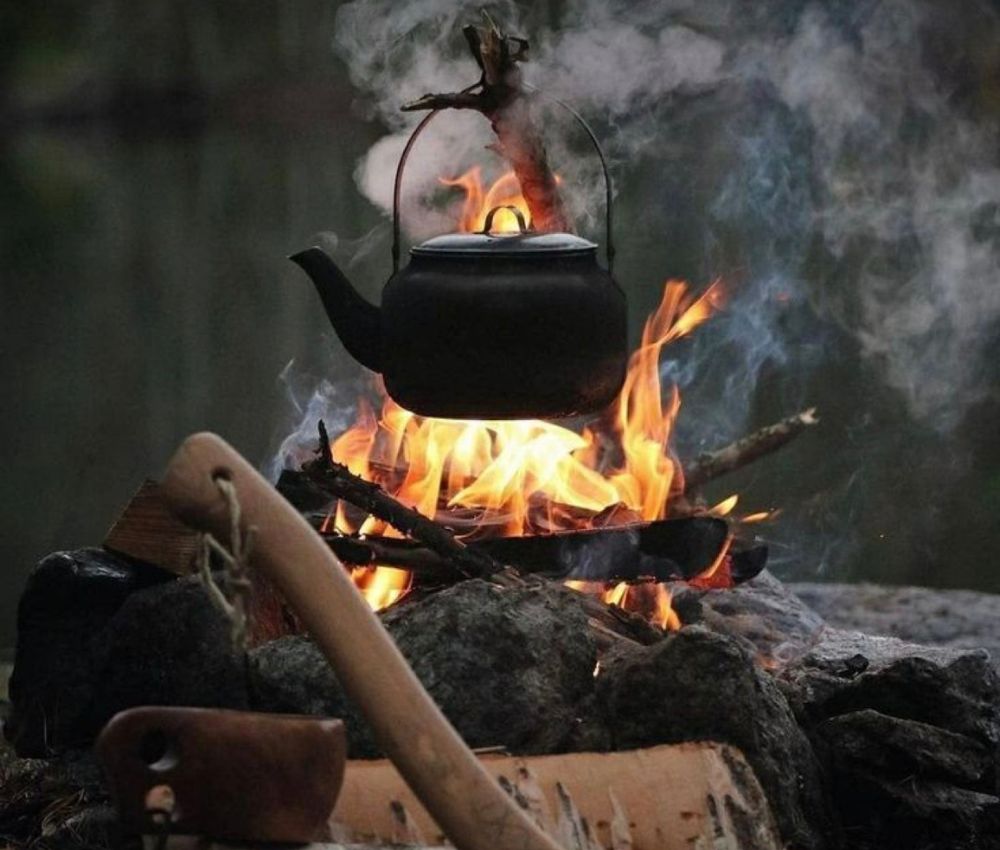What Are Some of the Positive Masculine Leadership Traits?

What Are Some of the Positive Masculine Leadership Traits?
Welcome to all new visitors, returning visitors and our regulars. We've been having fun each Friday in our short 30 minute cuppa, and seem to be able to value that which is different, and familiar across our worlds and spaces. This week we stepped into this kōrero with a question that was both open and layered:
“What are some of the positive masculine leadership traits?
This was prompted by the observation that there seems to be a focus on negative male leadership at the moment across the world, and it invited us to explore the textures and tensions of leadership, gender, and power — not through binaries, but through lived experience.
This became the largest group we’ve ever hosted in 100,000 Cups of Tea — and about half the group identified as male or associated with the masculine. So we opened with a simple invitation: we’d hear first from the tāne (our men), and then invite the wahine (our women) to reflect on how this kaupapa showed up in their lives.
What followed was a rich and nuanced kōrero — one that challenged, affirmed, and reframed what masculine leadership has meant in our workplaces, whānau, and wider systems.
We began with vulnerability. One participant shared the experience of being labelled — and judged — in ways that didn’t align with who they are:
“ ....I was judged by my outward appearance and my identification..... I didn’t know what to do with that. I didn’t really want to say ‘I’m not a man,’ because I am a man.”
It was a powerful opening and perhaps reminder of the culturally responsive language we can be using where judgment is removed by default through choice of language and positioning. The rest of the conversation moved between personal stories, systemic reflections, and cultural insight — each offering another angle on what gendered expectations (or freedom from them) can mean in leadership, in workplaces, in community, and in ourselves.
When Masculinity Meets Leadership
For some, male-dominated spaces were familiar ground. One participant recalled a childhood among brothers, raised by a single parent — then years spent in a traditionally masculine profession:
“On my first team exercise, I put forward an idea — and our leader said, ‘Yeah, okay, let’s give that a go.’ He didn’t have to prove he was the boss. That taught me leadership isn’t about hierarchy — it’s about being secure enough to make space for others.”
Others reflected on how male leaders can feel the weight of authority — even when trying to lead differently:
“Male leaders can get trapped inside the expectations of authority. It can stifle discussion. I’ve learned that leadership is about asking the best questions — and rotating who leads each meeting helped shift those dynamics.”
Many shared how dominant leadership styles — often coded as masculine — can become barriers to collaboration, voice, or wellbeing:
“I’ve seen leadership where traits like assertiveness and control were pushed to the extreme — micromanagement, shutting down ideas. The traits weren’t inherently bad, but how they were used became toxic.”
And:
“A senior leader once pulled me into a surprise meeting. Calm voice, measured tone — but what he said was: ‘We don’t need you. You’re making things harder.’ It was control disguised as reason. The point wasn’t discussion — it was dominance.”
These stories sparked deep reflection on how harmful expressions of power — regardless of gender — can corrode trust. And how often they’re made invisible by the very systems that uphold them.
Masculinity in Workplaces and Systems
For those who’ve worked in male-dominated environments — from engineering to trades — the kōrero turned to culture, language, and belonging:
“It was a hyper-masculine environment. Lots of tough talk, no space to show vulnerability. When you're in your early twenties and still finding your footing, it’s disheartening. But I’ve also seen leadership in those same kinds of spaces that’s about care, not control — and that changes everything.”
Another shared:
“Some of the men I worked with were incredibly supportive. Others weren’t. It wasn’t clear-cut — but the culture around them definitely signalled who belonged and who didn’t.”
Across these reflections, the challenge was clear: how do we disrupt the harmful norms while holding space for care, for integrity, and for a fuller version of masculinity?
Gender Roles and Cultural Dualities
From there, the kōrero opened up into Indigenous perspectives on gender — especially the idea of duality and balance:
“I worked for years in remote communities. Male leaders held specific roles, and as a woman in a leadership position, I had to be brought by the right people — there were processes. Certain men could operate in that ‘between space’ — they were the bridges. And they were leaders.”
“In Te Ao Māori, we are both. We don’t separate masculine and feminine — both exists in everything. The equity issues we see? They come from Western systems. Not from our communities...I just don't see inequities in my worlds, only in the Western world"
This reminded us that gender — like leadership — doesn’t always fit into binary terms. In many Indigenous frameworks, equity between genders is expressed through tikanga and kawa. While there are distinct male and female roles, they exist in relationship — with balance, reciprocity, and purpose.
Being Grounded, Communicating Clearly
As the women in the group began to reflect, many spoke to how they’ve experienced and learned from masculine leadership — both positive and painful.
One person shared how certain male leaders had brought a sense of stability:
“Positive masculine leadership anchors me. I feel more rooted....I’ve also learned to be more direct in my communication — but with gentleness too.”
Others reflected on the subtle ways we’ve been taught to soften or minimise our voice — and the conscious work it takes to change that:
“I started removing words like just, only, should from my emails. Those words shrink what I’m saying. Now I try to speak more clearly — without apology.”
Another shared:
“I was raised in a matriarchal family, with strong women all around me. But I’ve also seen how masculine traits can show up in ways that limit others — especially when someone feels threatened. So I try to balance both in how I lead.”
And as the session drew to a close, someone offered a simple reflection that cut through:
“For me, leadership isn’t about gender. It’s about having the traits. Being able to genuinely listen — and challenge in gentle ways that help people think more broadly.”
Holding Complexity, Walking Together
What emerged through this kōrero was not a fixed definition of masculine leadership — but an honest unpacking of what it looks and feels like in different spaces, and how it’s shaped us.
We heard that strong male leadership can ground us. That it can look like making space, listening deeply, or stepping forward with care. That it can be powerful without overpowering. And that some of our most meaningful lessons in leadership have come from men who led not through dominance, but through integrity, humility, and support.
But we were also reminded: these traits aren’t exclusive to any one gender. Many of us have embodied what might be seen as masculine or feminine traits — often shaped by context, expectation, or survival. And many are working to redefine or unlearn what we’ve internalised about how we “should” lead.
“For me, leadership isn’t about gender. It’s about having the traits. Being able to genuinely listen — and challenge in gentle ways that help people think more broadly.”
Leadership isn’t about boxing people in — it’s about how we show up. What matters most is the way we hold power in relation to those around us, how we create space, and build trust — regardless of how we identify.
The team were feeling anxious about facilitating this conversation but through process and by allowing the male/masculine representation to speak first we think we did OK.
“We did well today. It was a tough topic. I think we all felt a bit anxious this morning — but we respected it. And we held it.”
This Week
Dunno....no topics have come forward so let's see what today's kōrero will bring friends and whānau.

